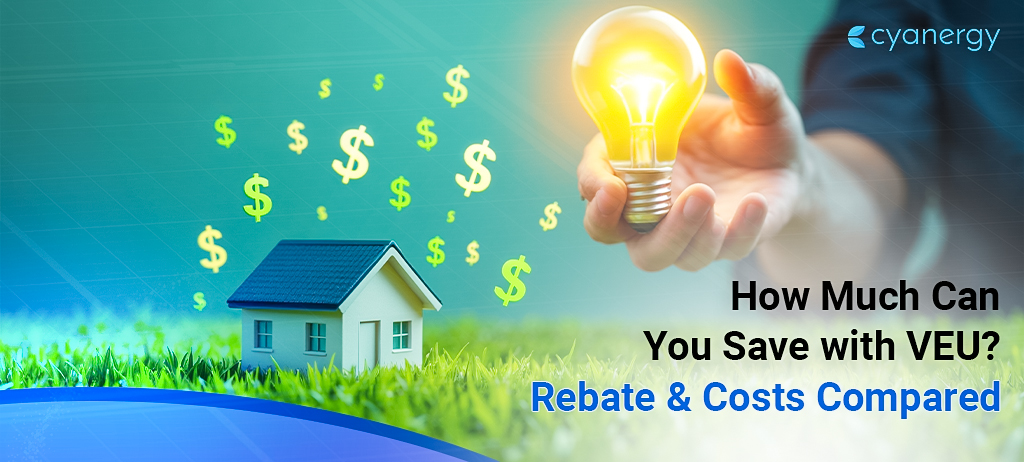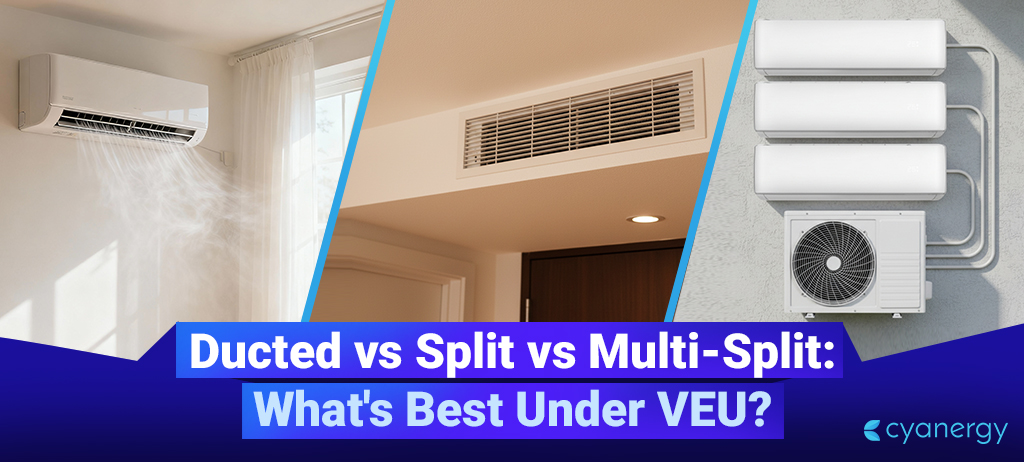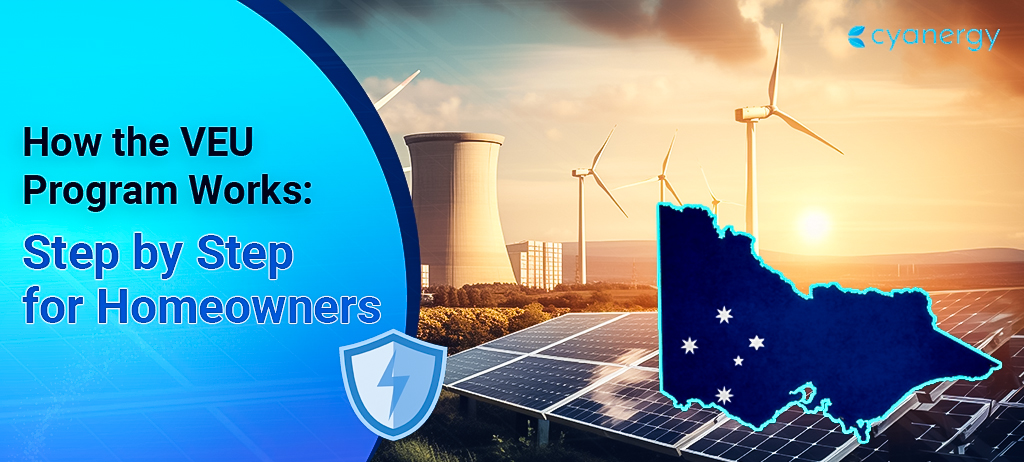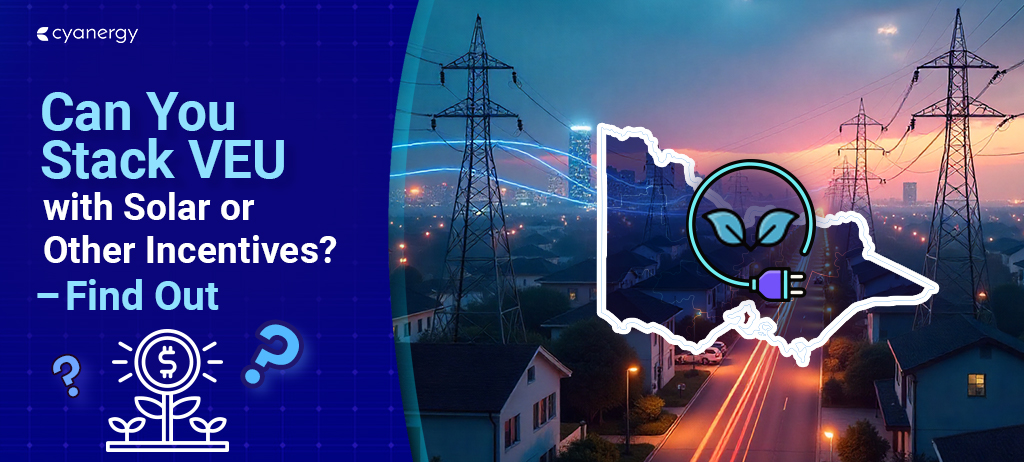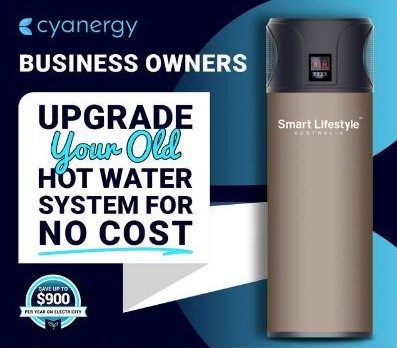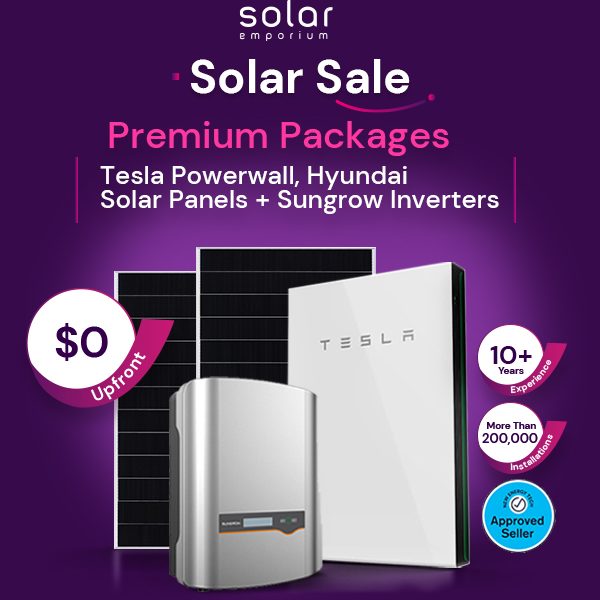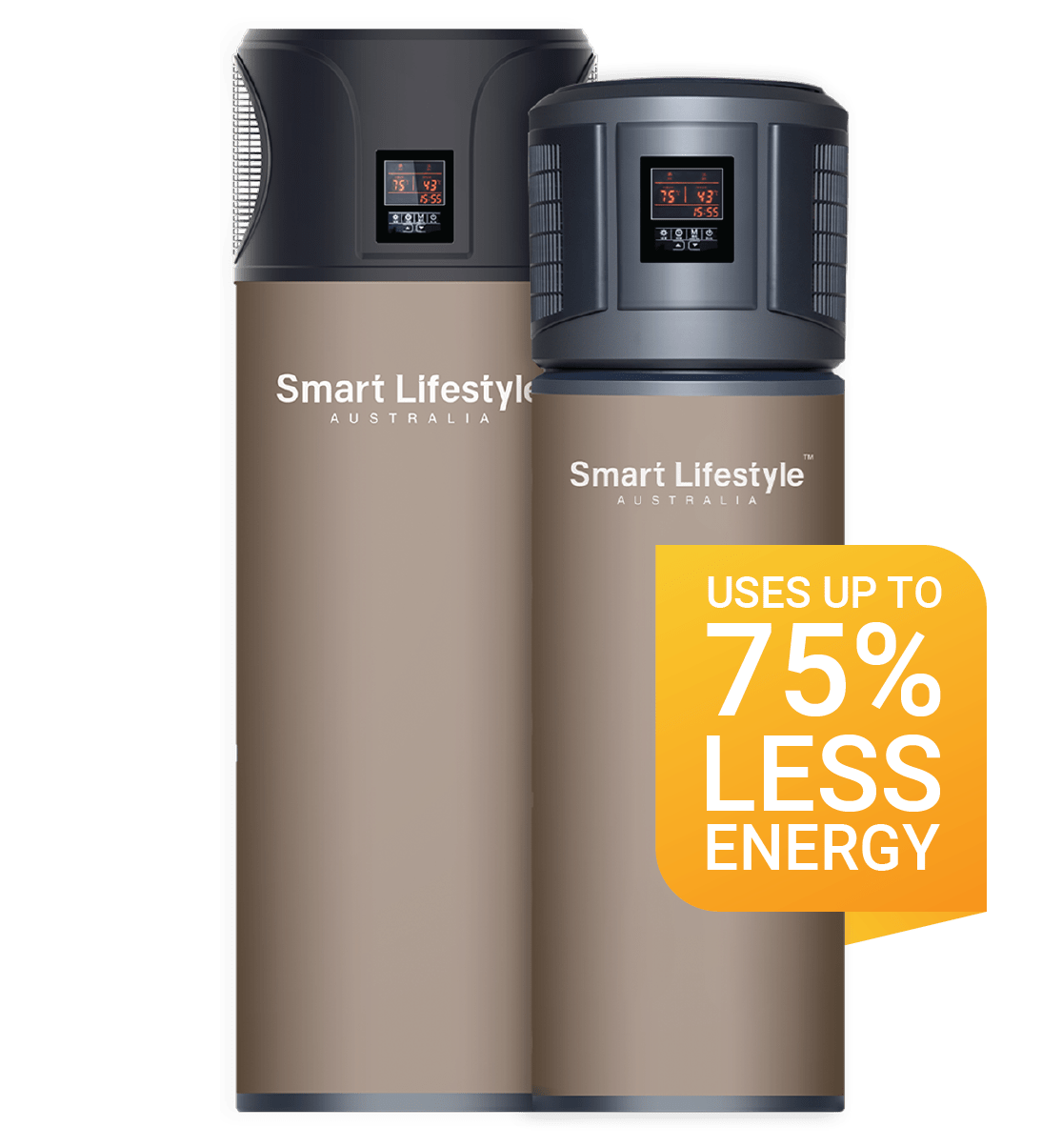While it’s widely known that solar power can dramatically cut your long-term electricity costs, the initial investment in a home solar panel system can be a major barrier for Australians.
A high-quality residential system, such as a 6.6kW setup, can easily exceed $6,000, and for most households, that’s not spare change.
However, luckily, in Australia, there’s a smart way to bridge this financial gap. That’s by choosing solar financing options!
Unlike traditional forms of debt, solar financing can actually pay for itself over time, making the installation process easy and affordable for all groups of people.
Moreover, by structuring the system properly, a well-sized and efficient solar system can generate significant savings on your energy bill. But not all financing options are created equal.
The difference between a solar system that boosts your savings and one that drains your wallet often comes down to the financing terms you choose.
Therefore, at Cyanergy, we’re here to walk you through 5 of the most effective ways to finance your solar panels in Australia. This will help you take control of your energy future, without creating any financial stress.
How Much Does a Fully Installed Solar System Cost in Australia?
In Australia, the cost of a fully installed residential solar system in 2025 generally ranges between $3,500 and $10,000, depending on system size, component quality, and your geographical location.
However, on average, the cost is $10,000, and people paid from $7,000 to $20,000 for their 10 kW systems.
So, what causes the price differentiation of solar panels?
- The quality of panels and inverter brands, such as SunPower, Q Cells, or Fronius, may come at a higher cost.
- Installer rates and reputation matter for cost variation.
- Location is a factor, as urban areas often get more competitive quotes than regional or remote areas.
- The type of roof and its installation complexity may increase the cost.
- Optional battery storage adds $7,000–$15,000, depending on capacity.
5 Common Methods For Solar Financing for Australians in 2025
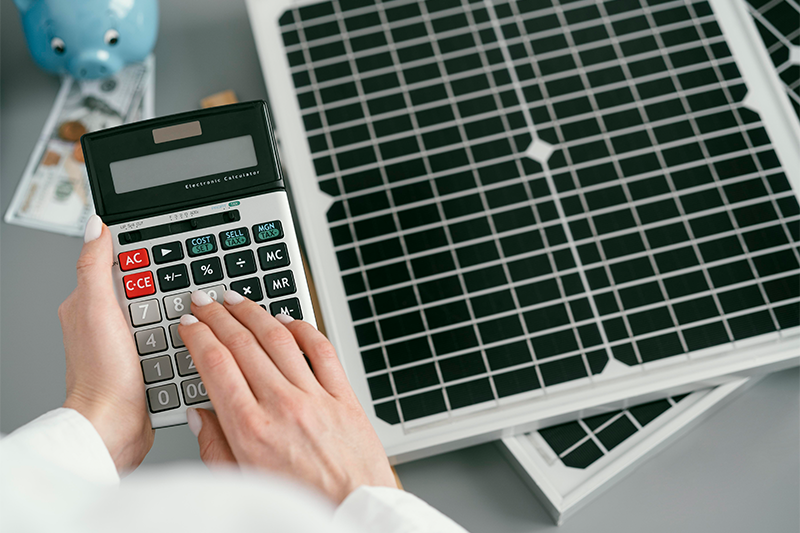
Solar panel financing helps homeowners get the benefits of solar without paying the full cost up front. Instead, you pay in installments through loans, leases, or other payment plans, making solar more affordable over time.
Don’t worry! It’s not just another debt; it’s a smart way to take control of your energy bills because a well-financed solar system can save you more money than the amount you spend on the investment.
So, when you want lower power bills and enjoy more energy independence, going solar makes sense.
But as soon as you start looking into the numbers, it can feel overwhelming. A quality solar system isn’t cheap. And for many Aussie families, it’s a big financial decision.
Then come all the financial terms, such as zero-interest, buy now, pay later (BNPL), green loans, and solar leasing, which also leave residents even more perplexed.
Find them confusing, too?
So, let’s break down 5 ways to finance your solar panels in Australia to help you make the smartest, stress-free decision for your home and your wallet.
1. Cash Payment
Investing in a solar power system can be highly profitable if you are debt-free and have available cash. Solar systems offer tax-free returns that surpass the current interest rates offered by banks or the government.
For those who consume a significant amount of electricity during the day, a 6.6kW system costs $6,500. Typically, it recoups its cost within approximately five years, resulting in a 12% annual return.
Even if you are away during the day, the returns may not be as impressive, but still exceed bank interest rates.
Cash option is the Best For:
- Homeowners with upfront capital.
- Those who are cash-rich and debt-free.
- Residents seeking maximum long-term savings.
- Investors who are interested in a higher return on interest ROI with minimal risk.
How It Works:
Paying for your solar system outright is the simplest and often most cost-effective way to finance your panels. Here, you pay the full amount upfront, and from that point onward, all the energy savings go directly into your pocket.
Pros of Cash Payment Method:
- No interest or monthly repayment hassles.
- Full ownership from day one of panel installation.
- Maximizes return on investment.
- Eligible for federal and state incentives.
Cons of Cash Payment Method:
- High upfront cost of $3,000 to $10,000 or more, depending on solar panel size and battery storage capacity.
2. Green Loans and Solar Loans
Green loans are personal loans offered by financial institutions that prioritize environmental and community support. They come with low-interest rates and are ideal for financing solar panels, energy-efficient windows, heat pumps, and air conditioning.
These loans have flexible repayment periods ranging from 1 to 7 years and typically involve minimal setup fees, low ongoing fees, and no early repayment penalties.
These loans are suitable for:
- Homeowners who want ownership but prefer not to pay up front.
- Borrowers with good credit history.
How It Works:
Many Australian banks and credit unions offer green loans specifically for energy-efficient home upgrades, including solar systems.
For example, if you borrow $5,000 over five years at a 5% interest rate, your monthly repayments would be around $94. Your electricity bill may be reduced by $100 or more monthly, potentially offsetting the cost entirely.
Pros of Green Loans & Solar Loans:
- Lower interest rates than personal loans.
- Flexible repayment terms of typically 1–7 years.
- Allows you to own the system.
- It can be used for batteries and other energy upgrades.
Cons of Green Loans & Solar Loans:
- Requires a good credit rating.
- Still involves debt and interest, even though the rate is relatively low.
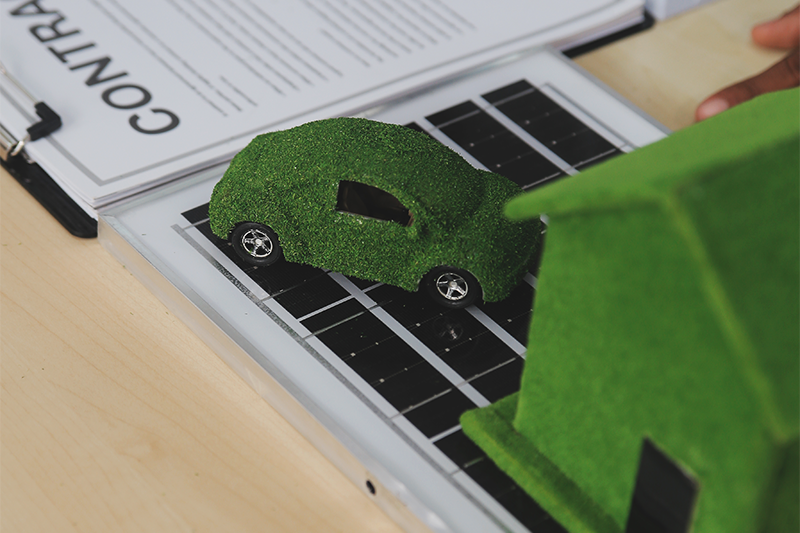
3. Solar Leasing and Power Purchase Agreements (PPAs)
- System of Solar Leasing in Australia
Solar leasing is a payment plan where residential and commercial customers in Australia make monthly payments to a solar supplier for a solar PV system installed on their property.
Under a solar leasing plan, the system is leased directly from the solar company, and the customer repays the system’s cost over a period of five to ten years. However, interest is charged during the repayment period.
This results in a slightly higher overall cost compared to the upfront payment.
- How Does Power Purchase Agreement (PPA) Work?
A power purchase agreement (PPA) is a financing option where a company owns and maintains a solar system installed on a homeowner’s property. The homeowner only purchases the energy generated by the system.
PPAs are gaining popularity due to their low, upfront costs, with homeowners paying a predetermined rate based on the solar energy generated on their property.
The rates are typically fixed for the duration of the agreement, which can range from 15 to 20 years.
Works Best For:
- Households without upfront capital.
- Those who want to avoid maintenance responsibility.
- Renters or tenants.
Pros of Solar Leasing and PPA:
- Little to no upfront cost.
- Lower energy bills from day one.
- The provider covers all the maintenance and repairs.
Cons of Solar Leasing and PPA:
- You don’t own the system.
- Long-term contract commitments
- Lower total savings compared to owning.
4. Buy Now, Pay Later (BNPL) for Solar
BNPL options enable you to spread your solar panel payments over time without incurring interest, typically over 6 to 60 months.
With some companies, you can get up to $30,000 for solar or battery storage systems, with repayment plans ranging from 6 months to 5 years.
How BNPL Works?
Here, the customer chooses a solar system. Then, the BNPL provider pays the solar company upfront. The customer then repays the BNPL provider in installments.
However, ensure you understand the repayment terms thoroughly. Some BNPL offers can become costly if you miss payments or don’t clear the balance within the interest-free period.
Perfect Options for:
- Budget-conscious homeowners.
- People looking for short-term finance without interest.
Pros of BNPL:
- Interest-free periods depending on conditions.
- Quick approval and no deposit are required.
- Can bundle solar with other cheaper home battery programs.
Cons of BNPL:
- Admin fees, late payment or other additional hidden fees may apply.
- After the interest-free period, higher rates may kick in.
- Limited availability in some regions.
5. Government Rebates, Incentives, and Feed-In Tariffs
The Australian Government offers a range of financial incentives that can significantly reduce the cost of going solar. These financing methods reduce your out-of-pocket expenses, making solar energy more affordable.
Best For:
- All homeowners and small businesses
Some of the Best Rebates and Incentives for Solar Energy in Australia
- Small-scale Renewable Energy Scheme (SRES)
This federal scheme provides STCs (Small-scale Technology Certificates), which are essentially rebates applied at the point of sale. Most installers factor this into their quote. Depending on your location and system size, STCs can save you $2,000 to $4,000 upfront.
- State-Based Rebates and Incentives
Several states offer additional rebates or loans to their residents. For example:
- Victoria: Solar Homes Program offers rebates of up to $1,400, plus interest-free loans.
- New South Wales: Solar for Low Income Households trial and interest-free loans.
- South Australia: Subsidies for battery storage via the Home Battery Scheme
- ACT: Interest-free loans through the Sustainable Household Energy Saving Scheme.
- Feed-In Tariffs (FiTs)
When your solar system produces more electricity than you use, the excess is fed back into the grid. Your electricity retailer pays you a feed-in tariff, typically 5- 15c per kWh. These ongoing savings can help you repay your loan or lease more quickly.
Pros of Solar Rebates:
- Reduces the initial cost of installing a solar panel.
- Long-term energy bill savings.
- Incentives are available to most Australians.
Cons of rebates and incentives:
- Government policies and rates can change.
- FiTs vary greatly by retailer and location.
Differences Between Solar Financing Options
Solar Leasing VS Buying: Which is more beneficial for you?
Well, both leasing and buying solar panels allow homeowners to benefit from utility savings and reduce their environmental impact. However, deciding between leasing and owning solar panels is a crucial consideration, and it depends on your specific situation.
For instance, leasing solar panels provides a more accessible option for customers who may not have the necessary upfront funds to purchase them.
The homeowner does not own the panels through leasing, as a third party owns them. That means the leasing company owns the equipment.
On the other hand, purchasing solar panels requires an upfront investment. Additional credits or reimbursements may be available based on state or manufacturer incentives at the time of purchase.
However, you can also seek free quotes from Cyanergy for accurate pricing information.
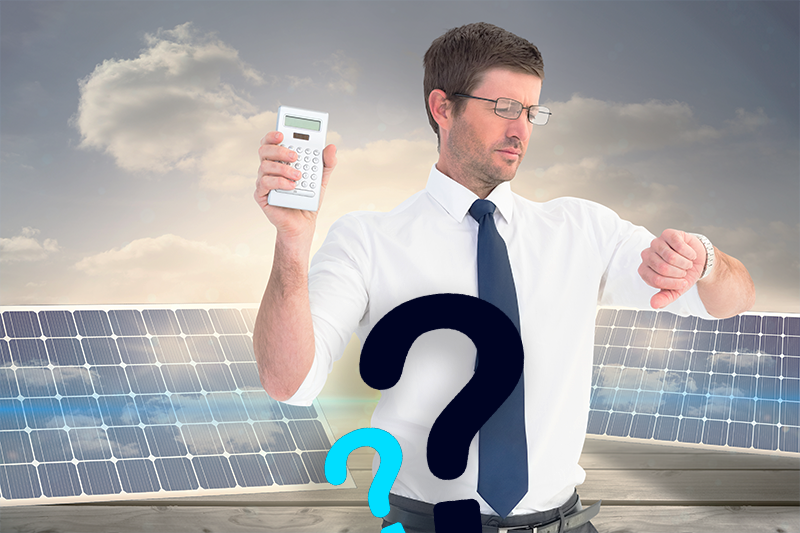
Which Option is Right for You?
Choosing an appropriate financing method can save you thousands of dollars annually on your energy bills. The choice ultimately depends on your financial position, property ownership status, and long-term goals.
So, here we’ve done a quick comparison of different types of financing options to make your selection process easier:
| Financing Option | Upfront Cost | Ownership | Monthly Repayments | Long-Term Repayments | Potential Risk Level |
|---|---|---|---|---|---|
| Cash Payment | High | Yes | None | Highest | Low |
| Green/Solar Loan | Low to Medium | Yes | Yes | High | Medium |
| Solar Lease & PPA | Low | No | Yes | Medium | Medium |
| BNPL | Low | Yes | Yes | Medium to High | Medium |
| Government Incentives & FiTs | Not Required | Yes | No | High | Low |
Wrap Up
Over the decades, people have been using solar power to illuminate their homes, reducing their reliance on fossil fuels and shielding themselves from rising electricity prices.
Even though solar power ensures your energy freedom and lowers your energy bills, the way you pay for it matters a lot.
Remember, selecting a specific finance option can make solar an affordable and worthwhile investment, but choosing the wrong one can turn savings into more stress.
So here’s what you can do next!
Review your budget and power bills. Determine whether you can pay cash or require a loan. Avoid rushing into lucrative but deceptive offers. Always compare full quotes with repayment details before agreeing to anything.
Ready to make the switch?
Contact Cyangery today and begin your journey with Solar Energy. We are here to find you the best deals on solar packages in Australia.
